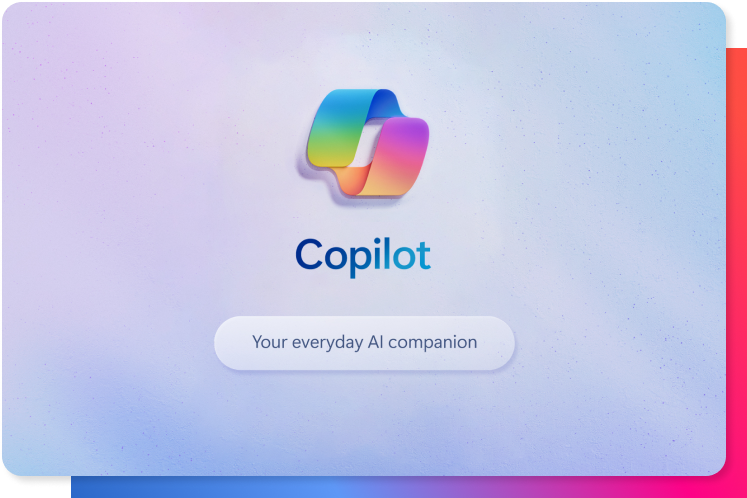Artificial Intelligence (AI) has radically transformed how we interact with human language. What was once the almost exclusive domain of written communication, such as emails, documents, or chats, has evolved into a landscape where voice takes center stage. Along this path, Voice-AI tools have emerged as a natural evolution: they not only understand what we say but also express it with tone, emotion, and presence.
This shift is significant. Writing offers virtues like precision, structure, and clarity, but it conveys little in terms of emotion or spontaneity. Voice, on the other hand, adds richness through modulation, pitch, pauses, and emphasis. That is why industries such as customer service, real-time translation, spoken content creation (audiobooks, podcasts, dubbing), and even marketing with narrated storytelling are rapidly embracing this technology.
In recent years, Voice-AI growth has been exponential. Today there are platforms capable of generating lifelike synthetic voices, APIs that combine speech recognition and synthesis, and increasingly sophisticated models attuned to the subtleties of human speech. The impact is no longer theoretical: companies are already using artificial voices to complement or even replace human-driven processes. As with any innovation, it brings challenges in quality, ethics, and social acceptance. In this article, we will explore why Voice-AI is booming, its advantages and limitations compared to human operators, practical business applications, and how companies can begin adopting it.
Why Voice AI is taking off now
This golden age of Voice-AI stems from the convergence of three key factors: technical progress, cost accessibility, and mature use cases.
Technical progress. Deep neural networks specialized in audio now allow speech interpretation and synthesis with a level of fidelity unimaginable just a few years ago. Text-to-speech systems no longer sound robotic; they offer fluency, tonal control, and expressiveness. At the same time, speech-to-text models have improved dramatically thanks to deep learning.
Economic accessibility. Cloud infrastructure and reduced computing costs have democratized the technology. Startups and mid-sized companies can now access capabilities once reserved for large research labs, often through ready-to-use APIs.
Proven use cases. Increasingly, companies are replacing complex phone menus with AI-powered voice assistants, cutting down wait times and operational costs. The user experience improves: a voice available instantly, 24/7, without fatigue or mood swings.
Examples like ElevenLabs, which offers voices nearly indistinguishable from human ones, show how far the technology can go. Meanwhile, consulting firms like Gartner warn that many repetitive processes are already at risk of automation by intelligent conversational systems.
In short, the technical, economic, and commercial equations are aligned to drive this new wave, and competitive pressure is accelerating adoption.
Limits and challenges of artificial voice
When comparing the advantages of AI voice systems to human operators, it is important to avoid extremes. Here is a balanced view:
Advantages
- Always available: 24/7 with no interruptions.
- Emotionally neutral: free from fatigue or mood influence.
- Scalable: capable of thousands of simultaneous interactions.
- Cost-effective: significantly lower expenses than large human teams.
- Consistent: uniform quality across all interactions.
- Brand identity: custom-designed voices aligned with corporate image.
Limitations
- Lack of genuine empathy: in sensitive or emotionally charged cases, human contact remains irreplaceable.
- User preference: many people still reject speaking with machines unless clearly informed.
- Error risk: misinterpretations or hallucinations by the model.
- Legal and ethical concerns: privacy, consent, linguistic bias, and accountability for failures.
The ideal model is not full replacement but complementarity. AI handles routine tasks while humans focus on complex or emotional ones.
Real-world applications of voice AI
Voice-AI versatility makes it applicable across many industries:
Customer Service
- Voice chatbots for common inquiries.
- Automated phone lines managing bookings, schedules, or account information.
Results: lower operational costs and faster response times in sectors like banking, telecommunications, and healthcare.
Simultaneous Translation
- Listens, translates, and reproduces speech in another language in real time.
Applications: education, global support, conferences, and technical assistance.
Spoken Content Generation
- Podcasts generated from scripts.
- Video, ad, or course dubbing in multiple languages without human voiceovers.
- Personalized voice messages for notifications, alerts, or promotions.
The future Is here—and it speaks
The Voice-AI ecosystem is in full bloom. Startups are emerging with innovative proposals, from emotional voices to hybrid agents. Investment in the field is surging, and the range of applications is vast, including healthcare, education, logistics, tourism, sales, and entertainment.
The best approach is to start with controlled pilots: identify points in the customer journey involving repetitive interactions or long waits, test with users, and validate results.
Voice-AI is not science fiction. It is a tool that extends human capability, particularly in repetitive and scalable processes. The true value lies not in replacing humans but in augmenting them.
If you manage a business, start by asking a simple question:
Where in my customer experience do I have basic interactions that could be handled by artificial voice, freeing my team to focus on what truly matters?







 Español
Español